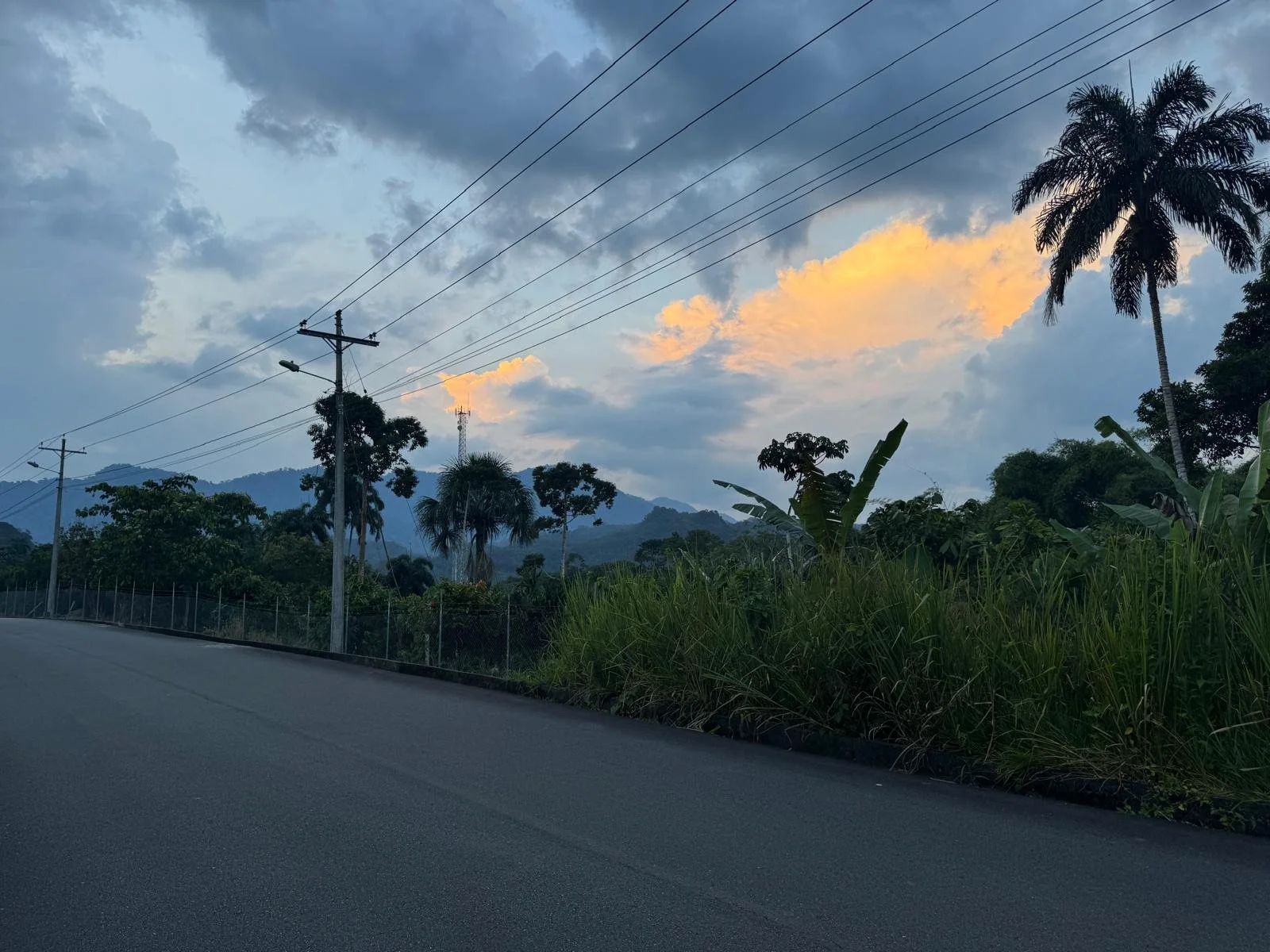Hey everyone, I turn this week's blog over to Profe Nicole for a Children's Art update:
Children’s Art is one of our programs that operates almost entirely off of in-kind donations. To date the art program has not spent a dime for any of our classes. Each week, Taylor and I spend time researching traditional and popular forms of art from various countries; we then take these projects and themes and adapt them into something we can do with what we have: a finite art supply shelf and the short attention span of 5-10 year olds.
We chose to start this quarter by working our way through different countries in Asia. At the beginning of each week I start getting the question, “Profe, qué vamos a hacer en la clase de arte?”, but our eager students never get the answer they want…Taylor and I usually claim that we haven’t the slightest idea or turn the question around on them and so they continue asking us and every other profe in the vicinity. Each class starts with a slideshow about the country we are studying, which often contains more pictures then facts – appealing to that attention span! – but it’s always fun to hear them pronounce the names of the capitals, cities, and buildings, try to claim they can read Hindi, and see the information they retain. After explaining the Chinese calendar and animal for each year, we figured out who was born under which animal; Matias was so excited to find out that he was born in the year of the dog that he continues to include drawings of dogs in every other art project we’ve done, constantly reminding us that he was born “en el día del perro” – close enough!
This past week guest profe Charlie and I mixed things up a bit and got the kids out of the classroom and doing a project that for once they couldn’t take home. The country of the week was India, and I had previously asked help from a friend in the states, Dolly, whose family is from India. After struggling to narrow down the incredible and extensive list of cultural traditions and ideas she gave me, we decided to focus on the Peacock – a sacred bird in Indian culture – and traditional chalk drawings. Despite the typical rainy season schedule that called for rain at 3-4 in the afternoon, the weather was perfect for an outside art project. Some kids used designs and peacock pictures I had printed out, but most of them just went at it…working together and using their hands, elbows, and feet to mix colors and color our sidewalk nothing short of awesome.
After class I came back upstairs and immediately told Heather that we have to add sidewalk chalk to the online wish list. If our students had half as much fun as I did, we might be out there everyday!



















